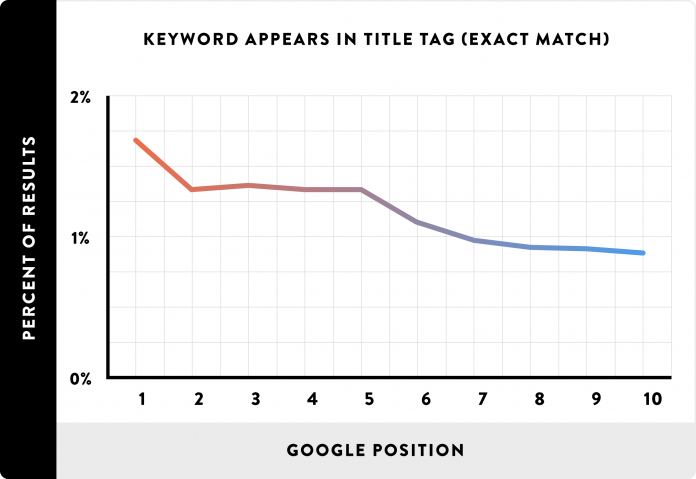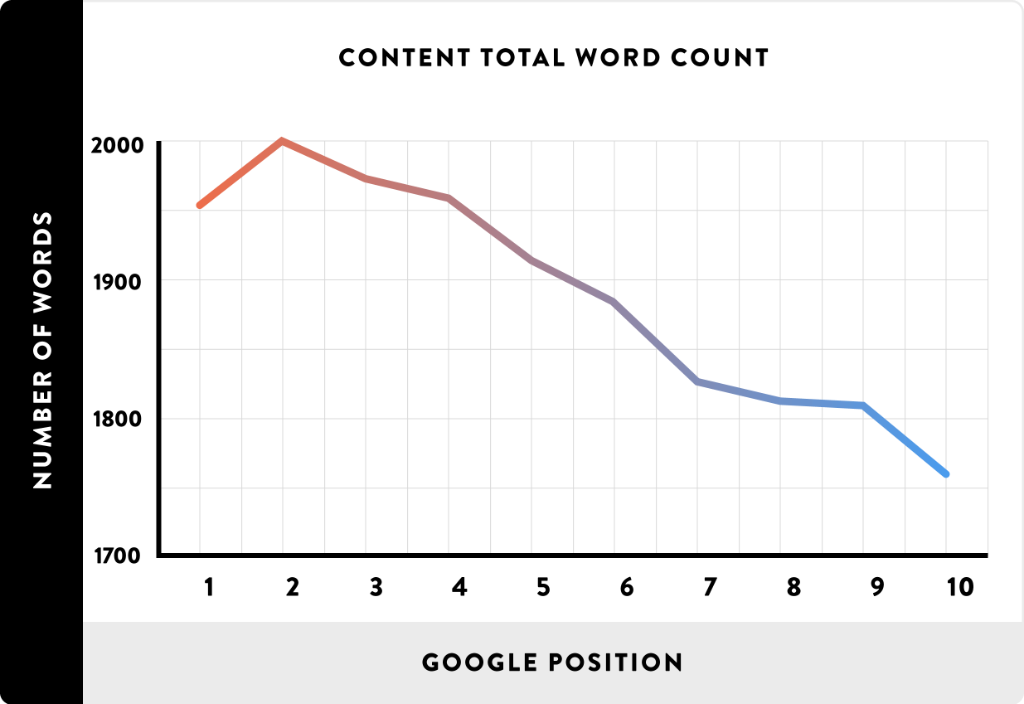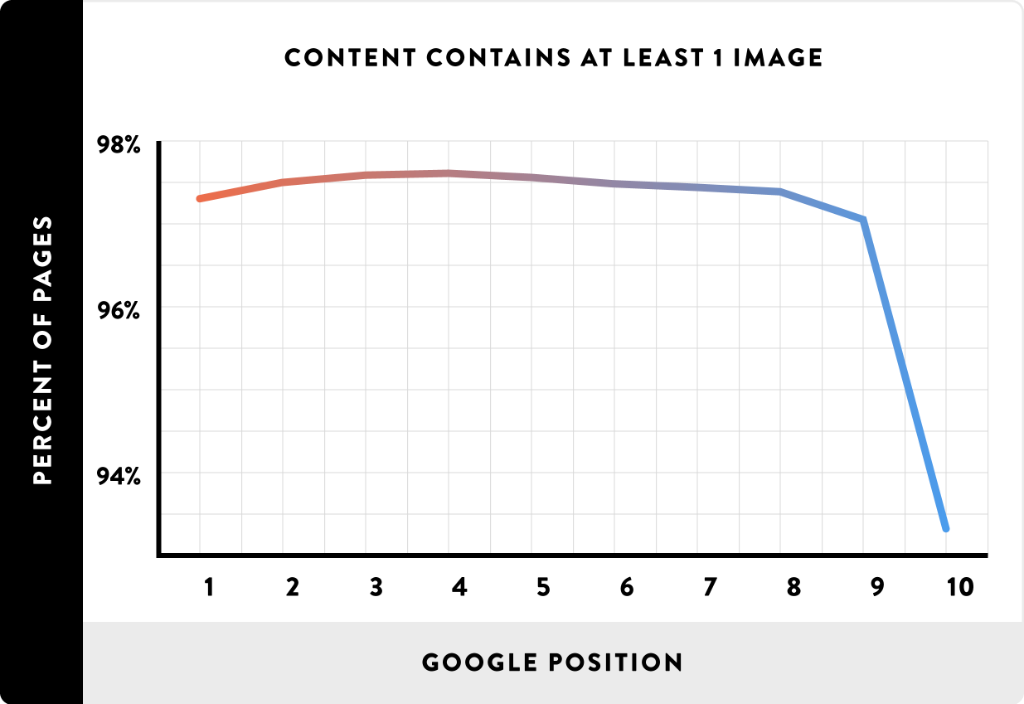The 200 Google ranking factors: The complete list (2024)
To rank websites in its search results, Google takes into account over 200 factors! But what are they precisely? Would you believe me if I told you that I have listed them all for you?
During my experience, I have even been able to test some of them. I have classified them by category:
In relation to the domain
1. His age:
Video Matt Cutts
2. The domain in question (composed of keywords or not):
3. The placement of the keyword in the domain name (at the beginning):
4. Domain registration duration:
5. Keyword in the subdomain:
6. History of the domain:
7. Exact Match Domain:
8. Whois Public vs. Private:
9. WhoIs owner penalization:
10. Country code top-level domain extension:
Page Level Factors
11. Keyword in the title tag:
12. Title tags that start with a keyword
13. Keyword in the Description tag:
14. The keyword appears in the H1 tag:
15. TF-IDF (a frequency criterion):
16. Content Length:
17. Table of Contents:
18. Keyword Density
19. Latent Semantic Analysis of Keywords (LSI):
20. LSI keywords in title and description tags:
21. The page that covers all the topics of the site:
22. Page loading speed:
23. Page loading speed via Chrome
24. Use of AMP format:
25. Entity Matching:
Does the content of a page correspond to the "entity" that a user is looking for? If so, this page can achieve a higher ranking for that keyword.
26. Google Hummingbird:
27. Duplicate content:
28. Rel=Canonical:
29. Image optimization:
30. Freshness of content:
31. Extent of content updates
32. Historical page updates:
33. Keyword Prominence
34. Keywords in H2, H3 Tags
35. Outbound Link Quality
36. Outbound links theme:
37. Grammar and Spelling:
38. Syndicated Content:
39. Mobile-friendly update:
40. Mobile Usability:
41. "Hidden" content on mobile devices:
42. Useful additional content:
43. Hidden content behind tabs:
44. Number of outbound links:
45. Multimedia:
Number of internal links pointing to the page: 46
47. Quality of internal links pointing to the page
Broken links: 48
Reading level: 49
But what they do with this information is subject to debate. Some say that a basic reading level will help you rank better because it will appeal to the masses. But others associate a basic reading level with content mills like Ezine Articles.
50. Affiliate links
51. HTML Errors/W3C validation
52. Domain Authority
53. Page's PageRank :
54. URL length:
55. URL path
56. Human writers:
57. Page Category:
58. WordPress Tags:
59. Keyword in the URL
60. URL Chain:
61. References and sources:
62. Bullets and numbered lists:
63. Page priority in the site map:
64. Too many outbound links:
65. User Experience Signals from Other Keywords Page Ranks for:
66. Page Age:
67. User-friendly layout:
68. Domain Names in Parking
69. Useful Content:
Factors related to the site level
70. The content brings value and unique perspectives:
Page "Contact Us" :
72. Domain Trust/TrustRank:
73. Site Architecture:
74. Website Updates:
75. Presence of a site map:
76. Website uptime
77. Server location
78. SSL Certificate
According to Google, however, HTTPS only acts as a "tie-breaker"..
79. Terms of use and privacy policy pages
80. Duplicate metadata on the website
81. Breadcrumb navigation:
This is what Google claims: "Google search uses breadcrumbs in the body of a web page to classify the information on the page in search results".
82. Mobile Optimized:
83. YouTube:
In fact, Search Engine Land found that traffic to YouTube.com increased significantly after Google Panda.
Ease of use of the site: 84
85. Use of Google Analytics and Google Search Console:
86. User reviews/Site reputation:
Feedback Factors
87. Linking domain age:
88. Number of root linking domains:
89. # Number of links from distinct Class C IP addresses:
90. # Number of link pages
91. Anchor text of the backlink
Obviously, anchor text is less important than before (and, when too optimized, it functions as a webspam signal). But anchor text rich in keywords still sends a strong relevance signal in small doses.
92. Alt Tag (for image links)
93. Links from .edu or .gov domains
94. Page authority of links:
95. Domain Authority of Backlinks
96. Links from competitors:
97. Links to "expected" websites:
98. Links from bad neighborhoods:
99. Guest Posts:
100. Links from advertisements:
101. Home Page Authority:
102. Nofollow Links:
What suggests that they
103. Diversity of link types:
104. Tags "Sponsored" or "UGC" :
105. Contextual links:
106. Excessive redirections to page 301:
107. Internal link anchor text
108. Link Title Attribution
Country code top-level domain (TLD) of the reference domain:
110. Link placement in the content:
111. Link Placement on the Page:
112. Linking domain relevance:
113. Relevance of page levels:
114. Keyword in the title:
115. Positive connection speed:
116. Negative connection speed
117. Links to "Hub" pages:
118. Linking from authority sites:
Related to the source Wikipedia: 119
120. Co-Occurrences:
121. Link Age:
122. Real website links vs. "Splogs":
123. Natural link profile:
124. Reciprocal links:
125. Links to user-generated content:
126. Links from 301:
127. Use of Schema.org:
128. TrustRank of the linking site:
129. Number of outbound links on the page:
130. Forum links:
131. Number of words in the content of the links:
132. Quality of link content:
133. Links throughout the site:
User Interaction
134. RankBrain:
135. Organic click-through rate for a keyword
136. Organic CTR for all keywords
137. Bounce rate:
138. Direct traffic:
139. Repeat Traffic
140. Pogosticking:
The results of Pogostick can significantly drop rankings.
141. Sites blocked
142. Chrome bookmarks:
143. Number of comments: 0
144. Occupation time:
Special rules of Google's algorithm
145. The query deserves freshness:
146. The query deserves diversity
147. User navigation history
148. User search history:
149. Featured Briefs:
150. Geographic targeting:
151. Secure Search:
152. Google+ Circles:
153. Keywords "YMYL" :
154. DMCA Complaints:
155. Diversity of domains
156. Transactional searches
157. Local searches:
158. Story Box:
159. Preference for big brands:
160. Shopping results:
161. Image results:
162. Easter egg results:
163. Unique site results for brands:
Update on payday loans:
Brand signals
165. Brand anchor text:
166. Brand searches:
167. Brand + Keyword Research:
The website has a Facebook page and likes:
169. The website has a Twitter profile with followers:
Official page of the company Linkedin:
171. Known author:
172. Legitimacy of social media accounts:
173. Brand mentions in the news:
174. Unrelated brand mentions:
175. Placement of bricks and mortar:
Factors of spam on the site
176. Panda Penalty:
177. Links to bad neighborhoods:
178. Redirections:
179. Popups or "Distracting Ads":
180. Interstitial Popups:
181. Site over-optimization:
182. Gibberish Content:
183. Door pages:
Ads above the fold:
185. Concealing affiliate links:
186. Fred:
187. Affiliated Sites:
188. Automatically generated content:
189. Sculpture of excess PageRank:
190. IP address reported as spam:
191. Spamming Meta Tag :
Off-site spam factors
192. Website hacked
193. Influx of unnatural links
194. Penguin Penalty:
195. Profile of links with a high percentage of low-quality links:
196. Links from unrelated websites:
197. Unnatural Links Warning:
198. Low-quality directory links:
199. Widget Links:
200. Links from the same Class C IP
201. Anchor Text "Poison":
202. Unnatural Link Peak:
203. Links from articles and press releases:
204. Manual Actions:
205. Link Sales:
206. Google Sandbox :
207. Google Dance:
208. Disavow Tool:
209. Request for review
210. Temporary liaison programs:
In conclusion
It's quite a list.
In summary, here are the main ranking factors of Google in 2020:
Domain referencing
Taux de clic organique
Autorité du domaine
Utilisabilité mobile
Durée de séjour
Nombre total de backlinks
Qualité du contenu
SEO sur la page
Now, I would like to hear from you
Which ranking factor from this list was new to you?
Or maybe I missed something..
In any case, let me know by leaving a comment below.



